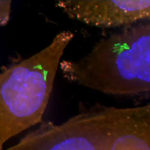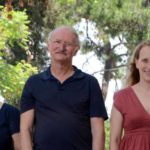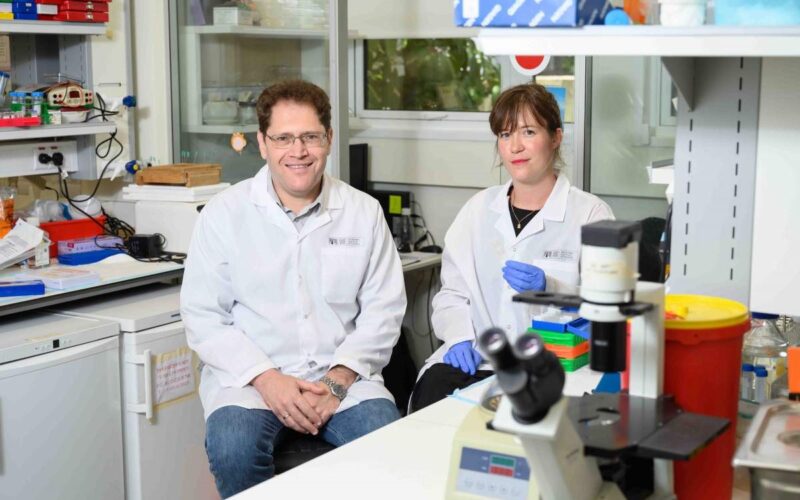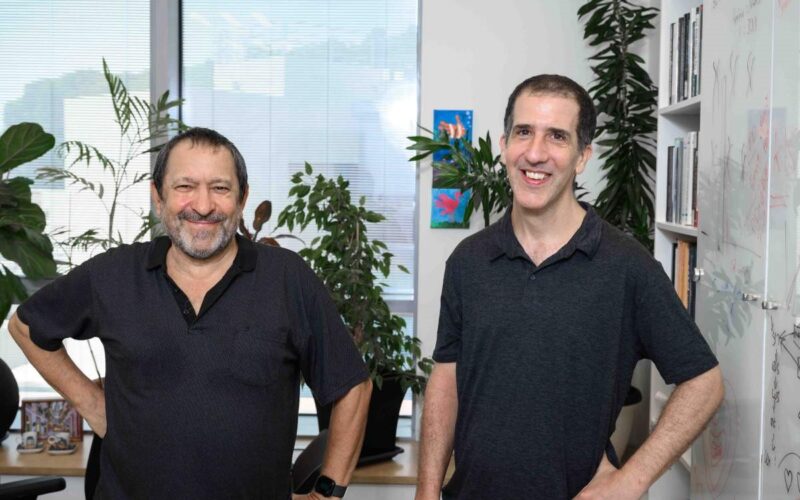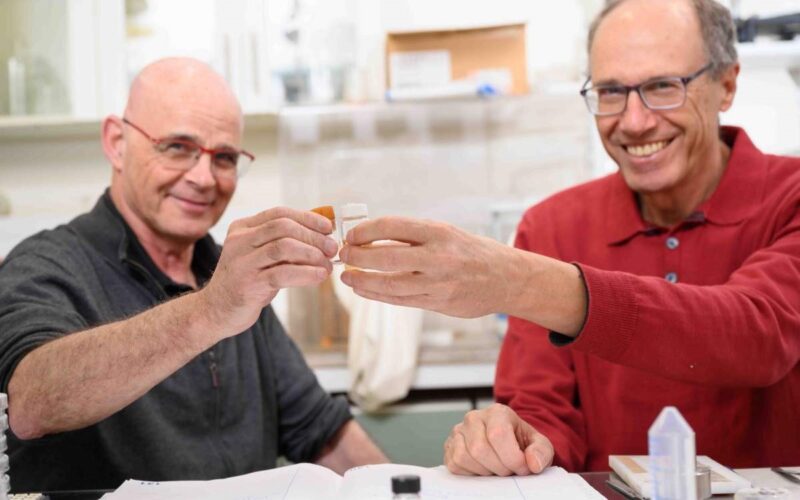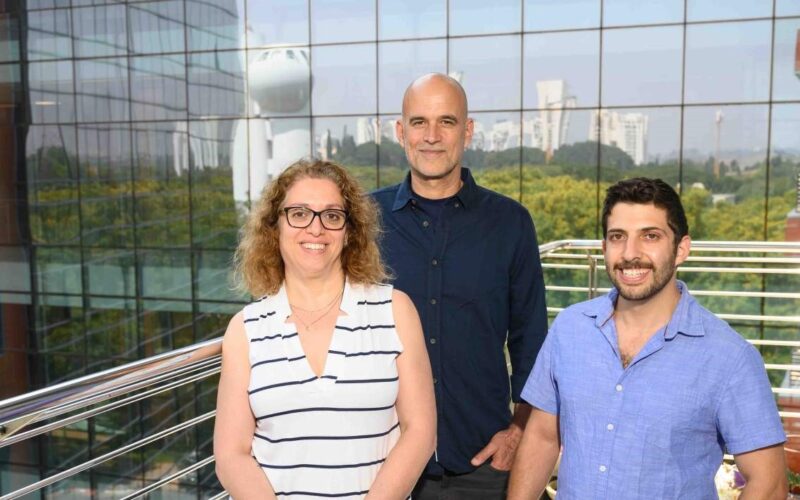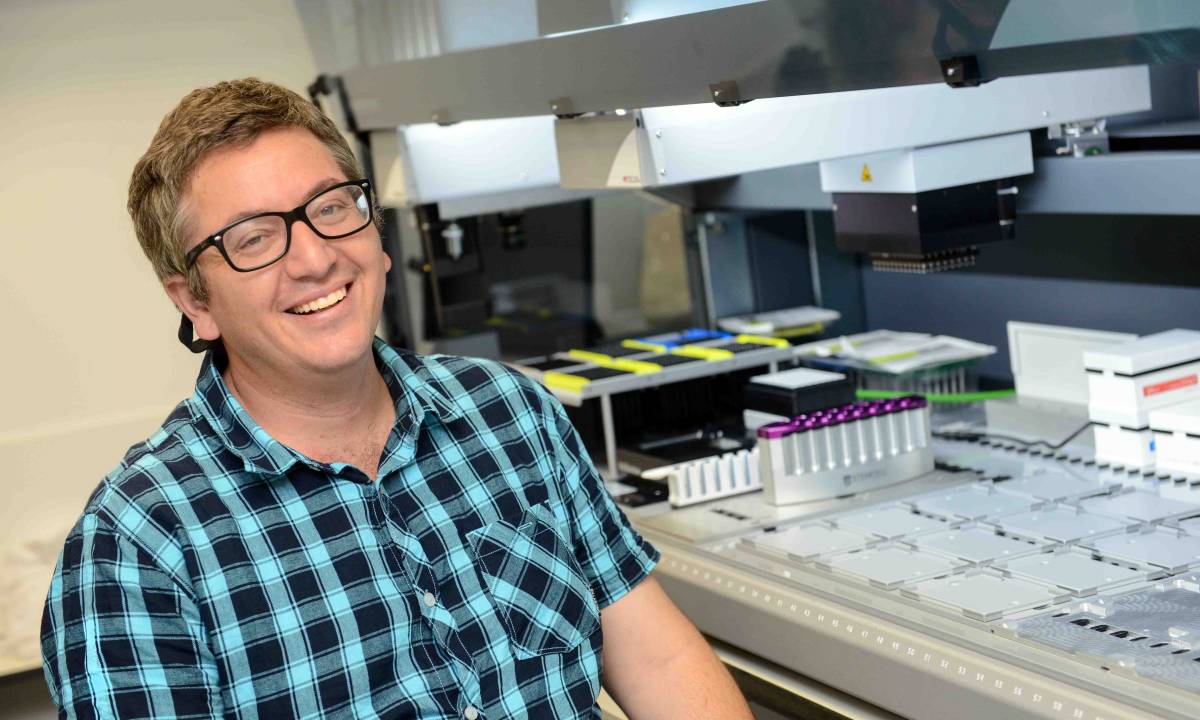
August 3, 2017
Analysing cancer stem cell populations in first-time patients enabled researchers to predict who was most likely to suffer a relapse.
For some cancers, remission does not last long: The cancer returns after a few months or years, frequently resistant to the drugs used against it the first time around. Does this occur because a few cancer cells “learn” to avoid being killed by the chemotherapy drugs and begin to multiply, or is the problem a more sinister one lurking in the body from the very beginning?
Dr Liran Shlush, who moved to the Weizmann Institute two years ago from Toronto, has uncovered the presence of particular drug-resistant leukemia stem cells that are already present in the diagnostic samples taken when the disease first hits. His research reveals two distinct groups of patients with two different populations of drug-resistant cells that can eventually lead to a recurrence of the leukaemia.
Shlush began this work four years ago in the lab of Professor John Dick in the University of Toronto. The results were recently published in Nature. An MD/PhD who specialises in hematology, Shlush continues to work with with leukaemia patients in Princess Margaret Cancer Centre in Toronto, as well as traveling once a week to work in Rambam Medical Center in Haifa.
“In recent years, it has been shown that many cancers, including leukemia, begin with ‘cancer stem cells’ – cells that divide and differentiate into various tumor cells. But it was not clear whether such stem cells were also responsible for causing the disease to come back and, if so, exactly what these cells look like,” he said.
To investigate, he and his colleagues obtained tissue samples from leukaemia patients in the Princess Margaret Cancer Centre – at least two samples from each patient. One was taken at the time of the original diagnosis, the other when the disease returned. With the help of Dr Mark Minden and others in the lab, Shlush then conducted whole-genome sequencing on the samples.
He and his colleagues looked for signs of dominant mutations that might confer survival on the cells in the sample taken from the relapse, and then checked to see if these mutations showed up anywhere in the original sample as well. Cells in the original sample that contained these mutations, they reasoned, might harbour the seeds of the relapse. Once they had identified possible candidates for the cancer relapse, the scientists tested a small number of them in mice. These experiments provided clear support for the idea that relapse in leukaemia is caused by an existing population of stem cells that survive chemotherapy.
The findings suggested that the majority of leukaemia patients fall into one of two groups.
A large proportion of patients – around 40% – have just a few drug-resistant cells – around two in a million leukaemia cells. These cells are true cancer stem cells, and Shlush said that even though they are rare, the results show they can be potent enough to promote drug-resistant cancer in the mice.
A second group has a larger proportion of drug-resistant cells – up to one in five. These cells are somewhere in between the undifferentiated stem cells and fully differentiated adult cells – cells called committed progenitors. This second group has a much higher chance of relapse. Indeed, when the researchers went back and looked at tissue samples from original diagnoses, dividing them into groups by the cells’ appearance, they were able to predict which were most likely to result in a relapse.
In part, cancer stem cells avoid being killed by chemotherapy, because the drugs that target the rapidly-dividing cells characteristic of cancer miss the stem cells, which divide at a more leisurely pace. Many such stem cells also contain pumps that are able to eject the drugs from the cell walls.
Now that we can identify the particular cells that cause the disease to recur and the specific genetic mutations involved, we can improve the means of diagnosing the disease and predicting its course. Hopefully, in the future, we will also develop means of targeting the stem cells bearing these particular mutations, thus preventing the relapse before it can even start,” said Shlush.
In continuing research in Shlush’s lab in the Immunology Department of the Weizmann Institute of Science, he and his team are investigating exactly why leukaemic stem cells are resistant to drugs. Other research in his lab is seeking the beginnings of the disease and tracking its very early stages. Among other things, they hope eventually to open new paths to early diagnosis and treatment.
“The common thread connecting these different research paths is the cancer stem cells. Pre-leukaemic stem cells give rise to the disease, and leukemic stem cells cause it to come back after remission. We need to understand just how these cells lead to the disease, as well as the mechanisms used by those that survive chemotherapy. Targeting these cells will require us to develop completely new strategies,” Shlush said.
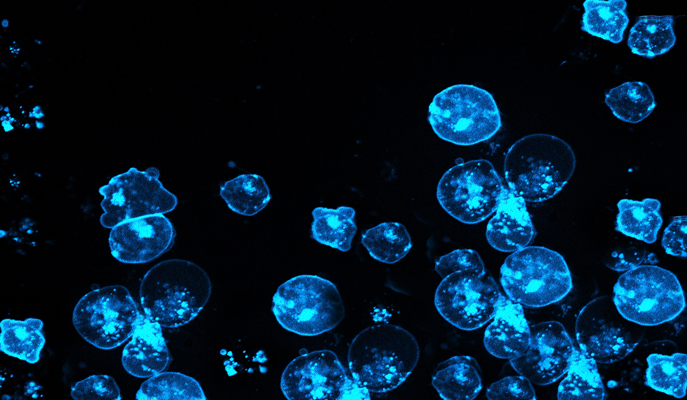
Leukemic cells in action
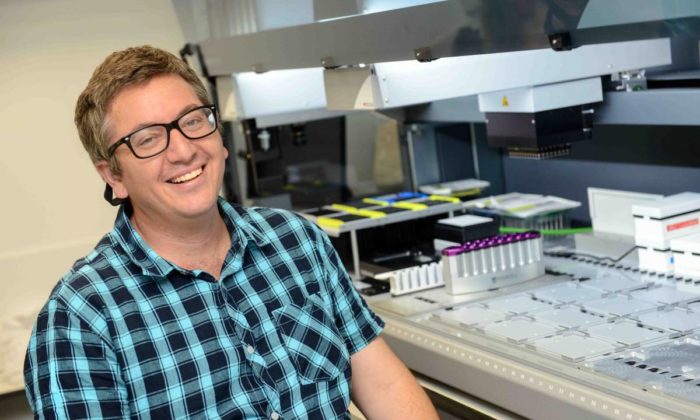
Dr Liran Shlush

